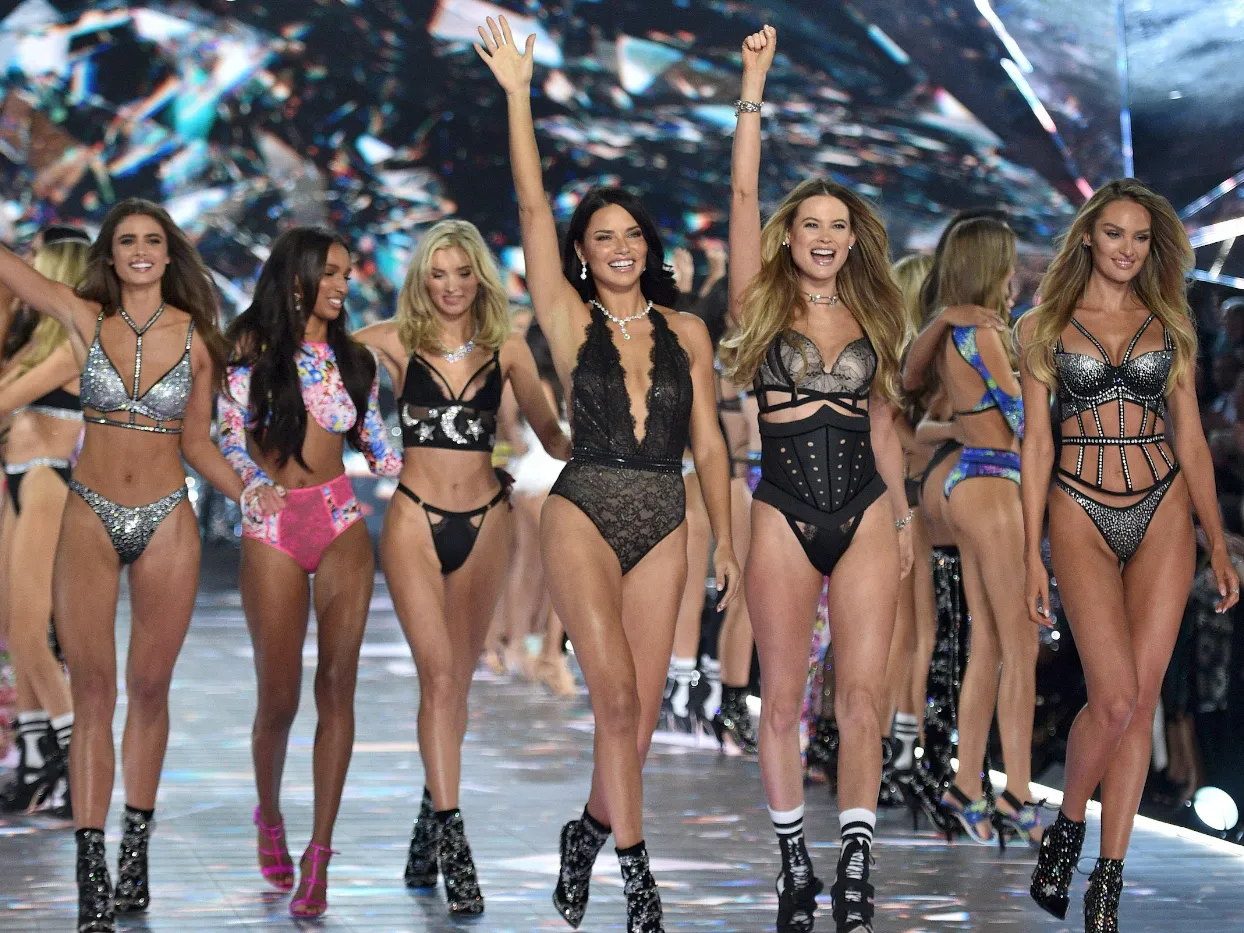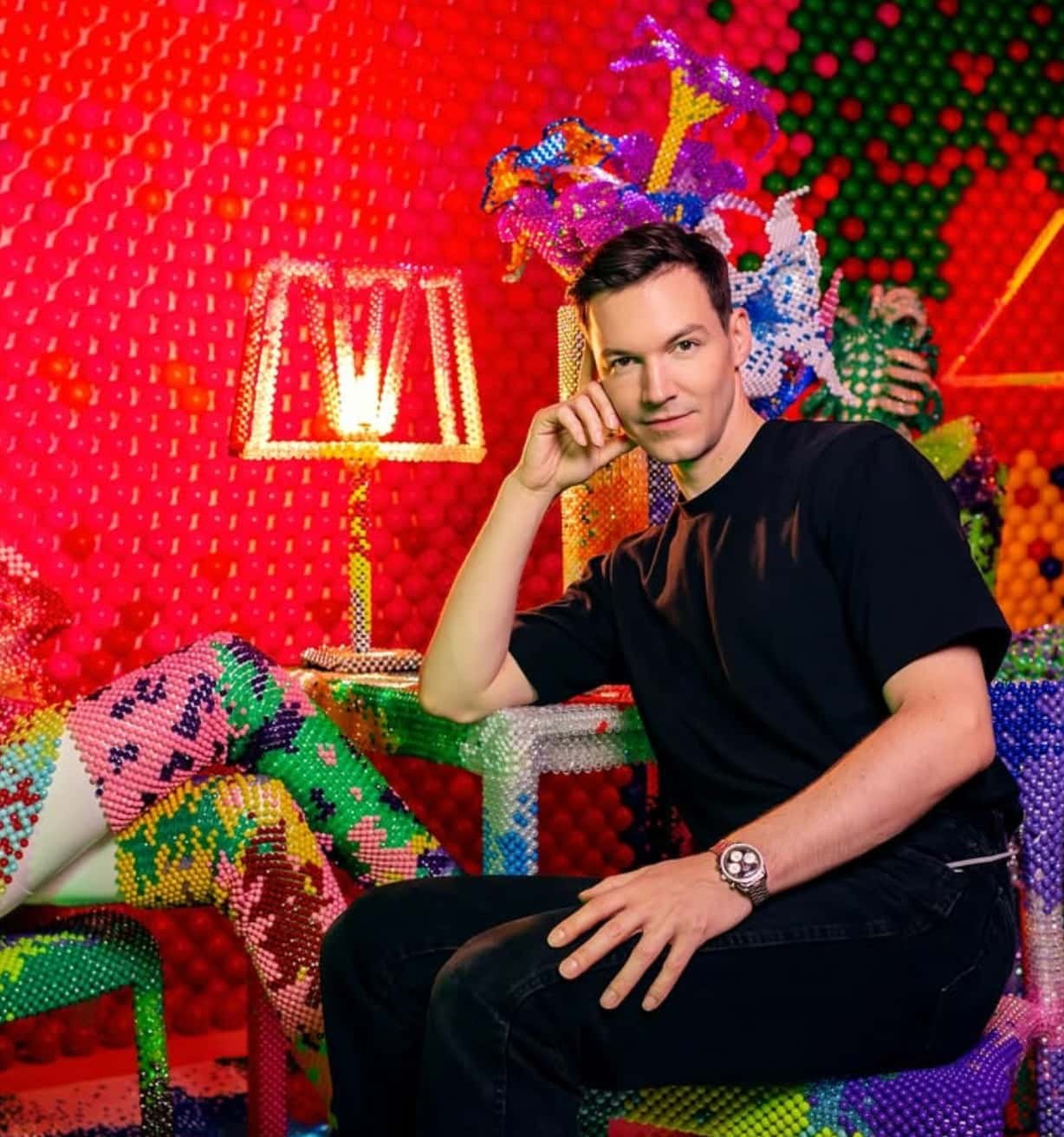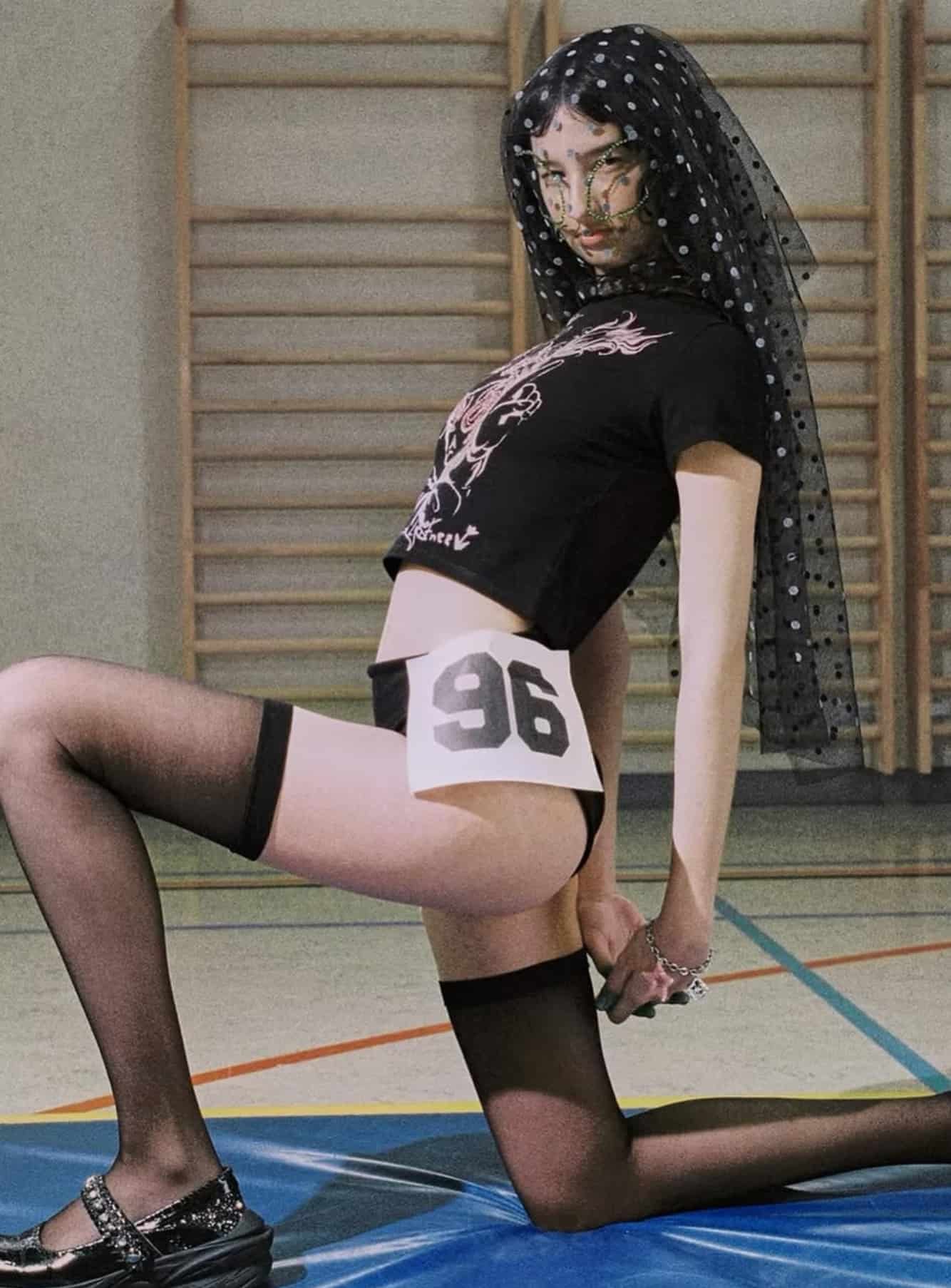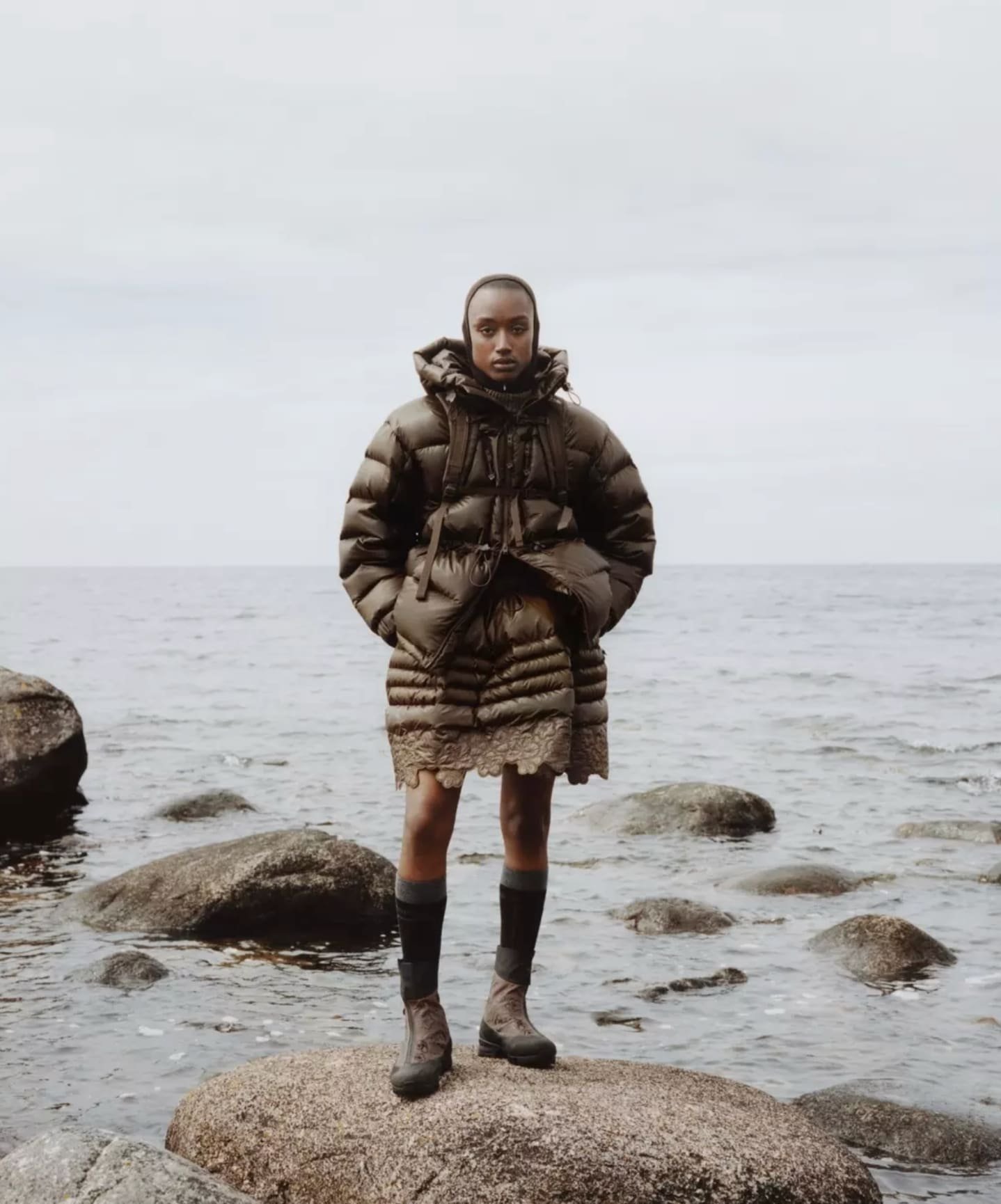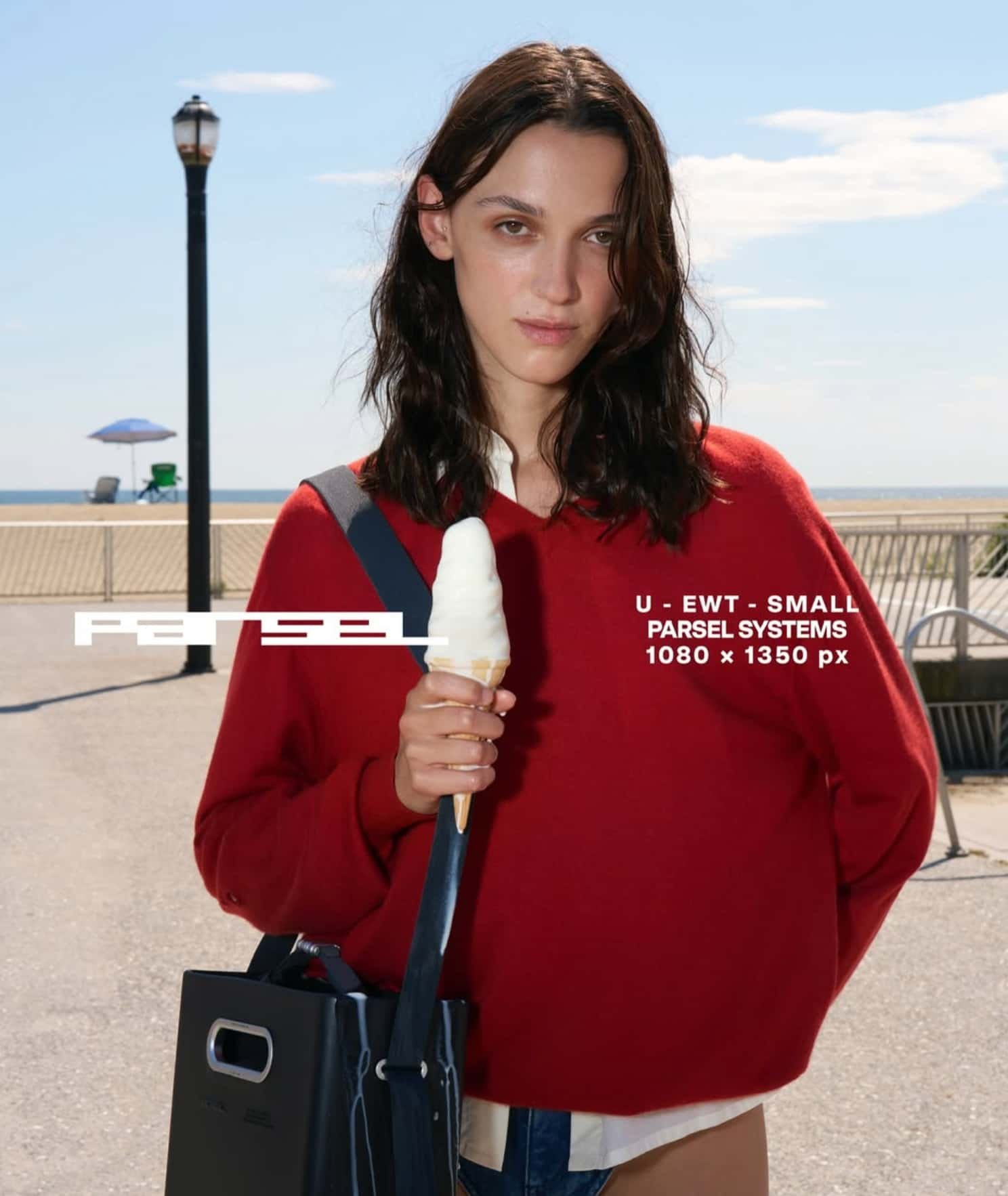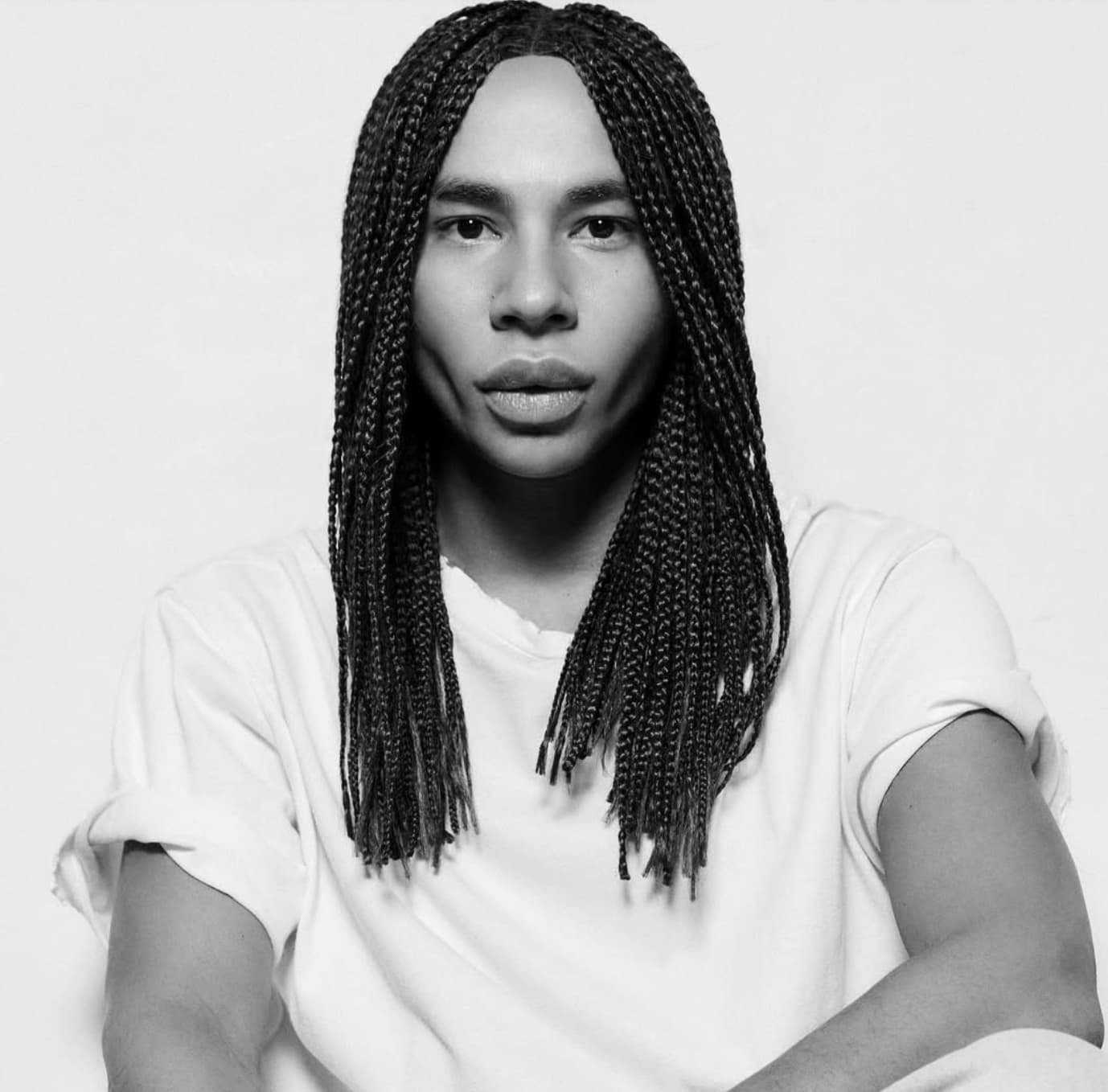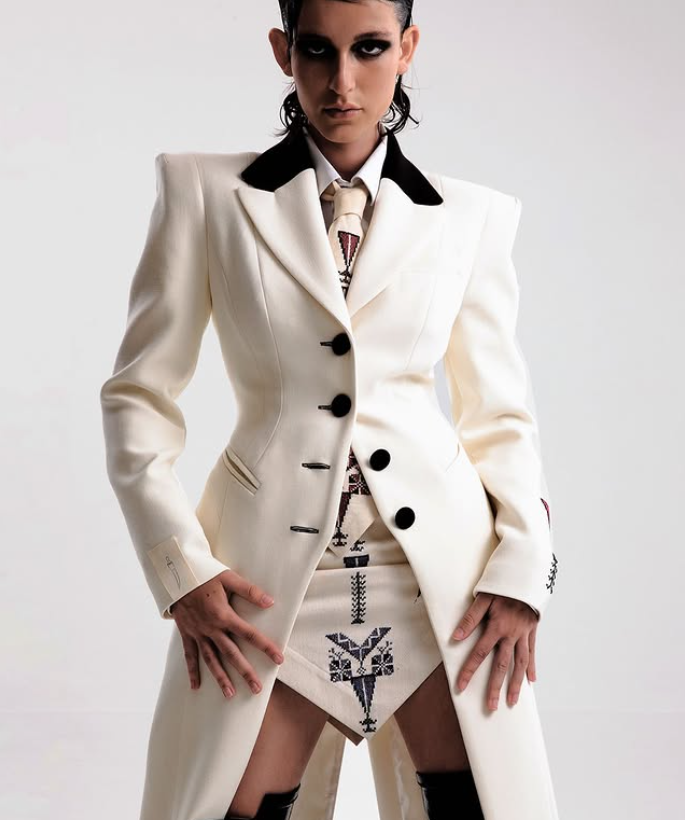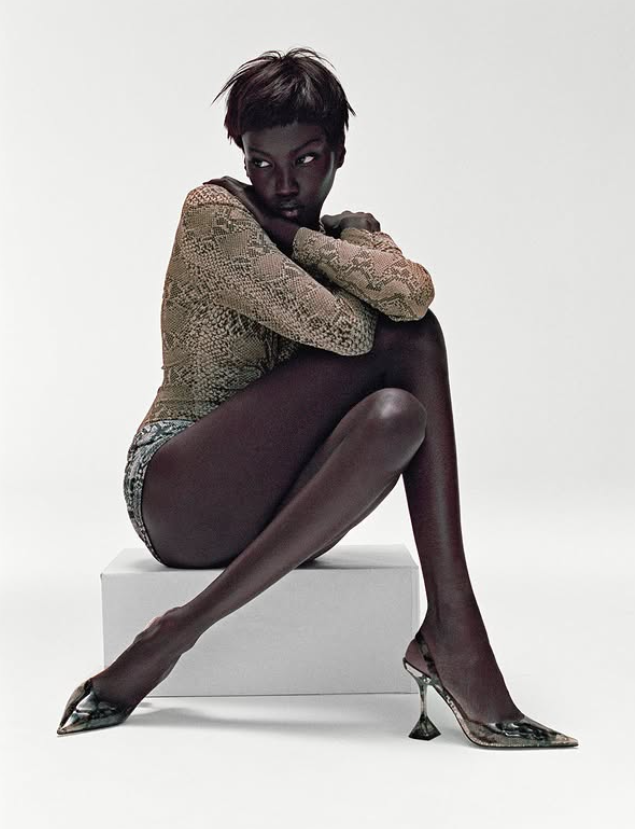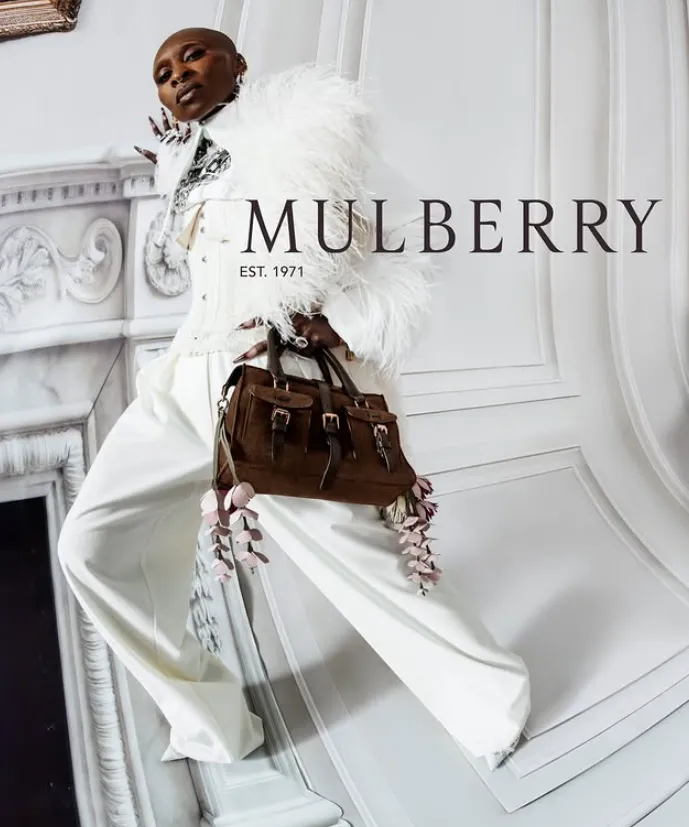Mark your calendars, fashion lovers: October 14, New York. It’s not just another day — it’s the return, once again, of one of the most discussed, photographed, and yes, criticized spectacles in the fashion world: the annual Victoria’s Secret show. After five years of silence, the brand dared to step back onto the runway last October. Between cries of “Finally!” and murmurs of “Why bother?”, the reaction was as polarized as the public’s relationship with the brand.
The challenge was monumental. Victoria’s Secret had gone from epitomizing the ’90s and 2000s “bombshell” to becoming a textbook example of what the feminism of the #MeToo era wanted to dismantle: impossible bodies, sensuality packaged for the male gaze, and an absence of diversity. That sexy-first formula, once a sales and spectacle powerhouse, had aged poorly. Very poorly. The world changed, and Victoria’s Secret realized it couldn’t keep strutting in the same old heels.
Last year’s comeback brought a plot twist: a rebrand aimed at inclusion and a less caricatured version of desire. No longer just about angels, now it was about real women — diverse in body, style, and age. A show more aware, less male gaze.
But, as in any good fashion drama, the shift wasn’t a clean break. In 2024, Victoria’s Secret played alchemist, mixing symbols of its glorious past with a modern narrative. The wings — that visual fetish that made the brand iconic — returned, but not on just any shoulders: Kate Moss and Carla Bruni wore them, proving that sensuality and elegance don’t have an expiration date. It was a wink to those who grew up on those high-voltage shows and a statement for new generations: the icon isn’t retiring — it’s reinventing itself.
And because every great runway needs an epic soundtrack, Cher brought cinematic drama while Blackpink’s singer delivered the pop hysteria beloved by Gen Z. Between these poles, one message was clear: Victoria’s Secret wants — and needs — to connect with every possible audience.
Visually, it was, as always, a feast for the eyes. Zaldy, master of the impossible design, unleashed his imagination in wings, corsetry, and structures that seemed to defy the laws of physics. There was sparkle, there were feathers, there was that brand of excess only Victoria’s Secret can justify on a runway.
But if last year proved anything, it’s that nostalgia doesn’t buy unanimity. The public was split: some saw the show as proof the brand could evolve without betraying its DNA; others dismissed it as a lukewarm attempt that neither fully embraced the present nor let go of the past. Between applause and “meh,” Victoria’s Secret is still navigating choppy waters.
This October 14, the brand will once again take that New York stage, hoping to find the perfect formula: balancing the fantasy spectacle that made it famous with the social awareness the 2025 audience demands. It’s a high-wire fashion act: one wrong step and it falls into ridicule; one right move and it could reclaim its place as a cultural reference.
In a world where runway shows compete with TikTok and fashion is consumed in seconds, Victoria’s Secret knows it’s not enough to shine — you have to say something, stir emotion, and, above all, convince a generation that no longer buys glamour alone. This October, the lights will rise, the wings will beat, and everyone will have something to say — for better or worse.
Because if Victoria’s Secret has shown us anything, it’s that its runway is never just a runway. It’s a mirror — sometimes a distorted one — of the culture of the moment. And in 2025, that reflection carries more expectation than ever.

